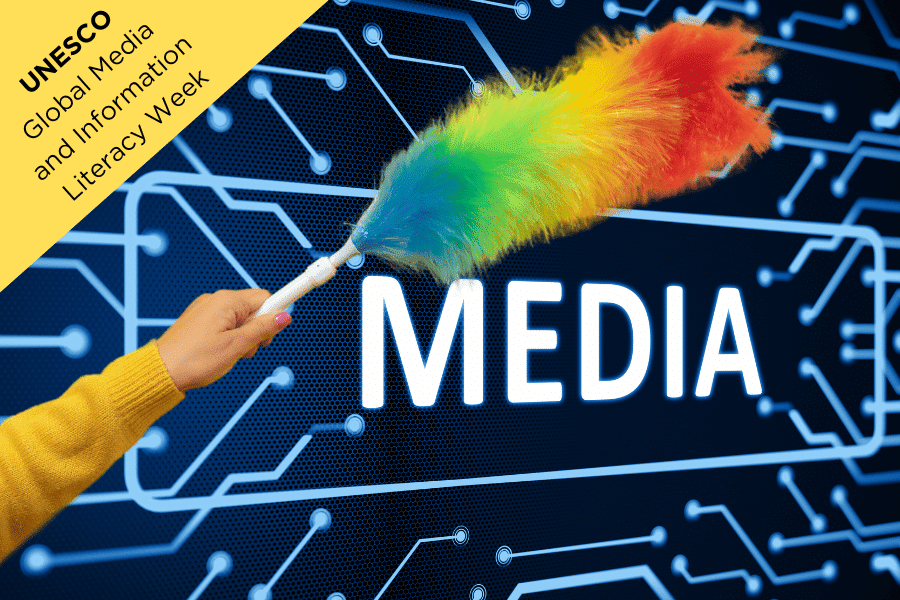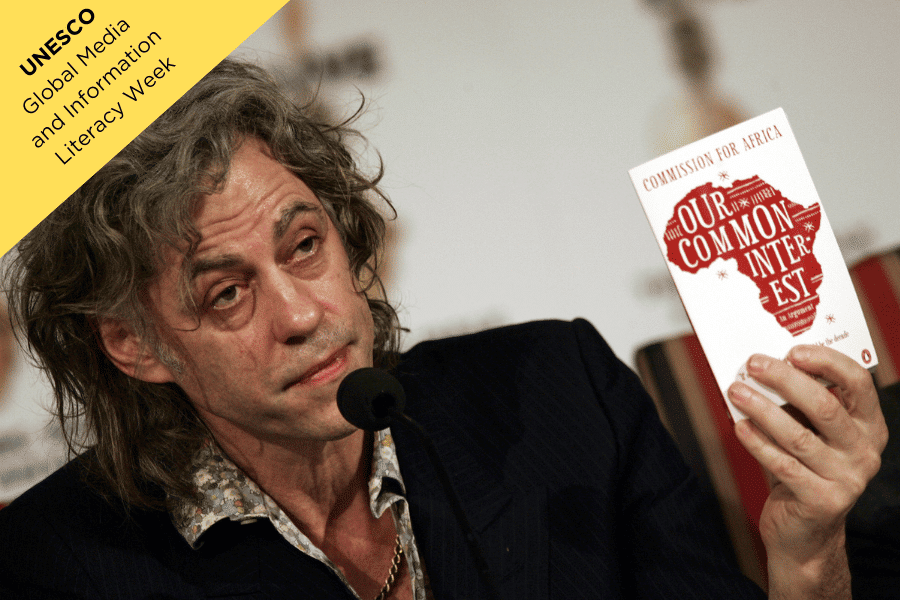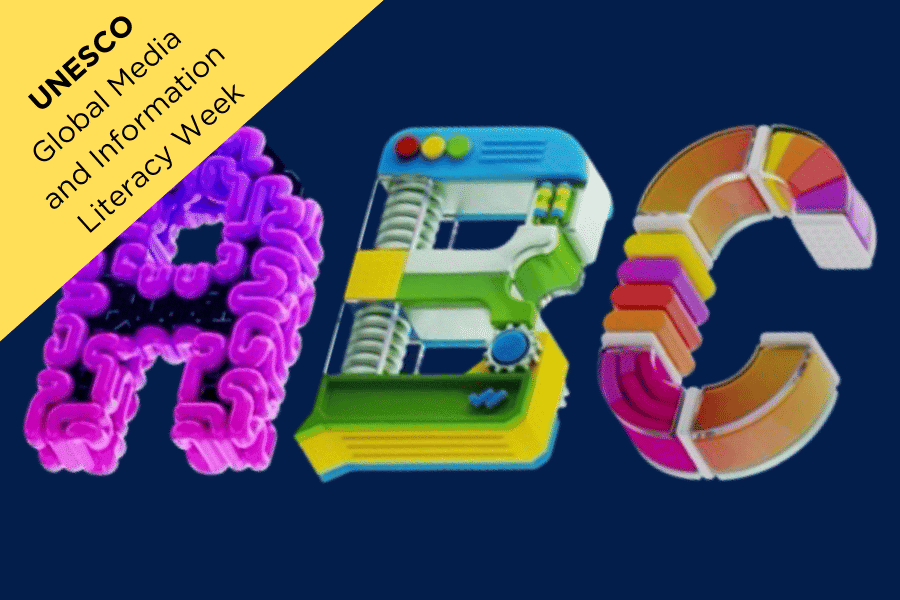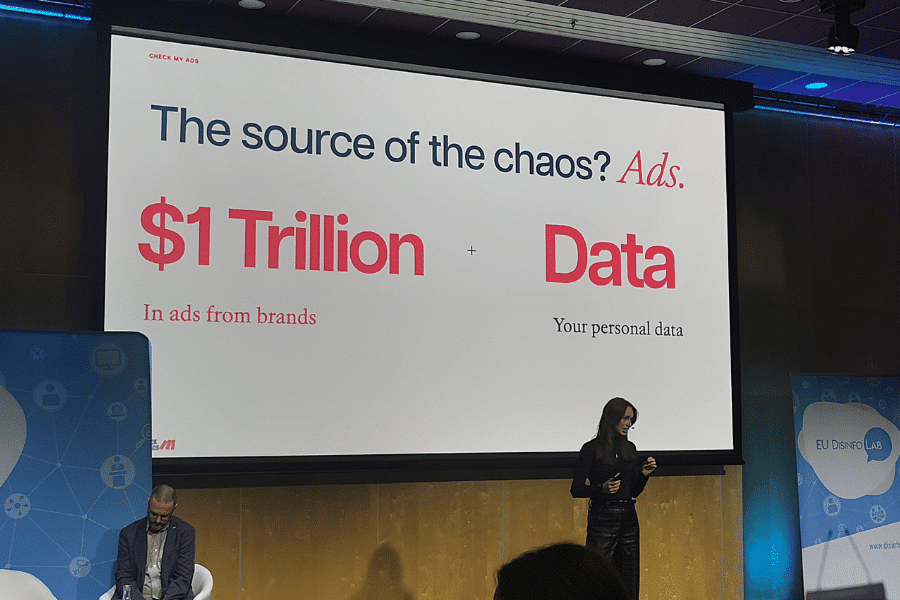
by News Decoder | 28 Oct 2024 | Educators' Catalog, Journalism, Media Literacy
Can you spot a deep fake and separate fact from opinion? How do you know what you know? Do you understand how algorithms work? We’ll help you sort it out. A feather duster over the word media. (Illustration by News Decoder) From 24 to 31 October, the world marks...

by Marcy Burstiner | 25 Oct 2024 | Journalism, Media Literacy, News Decoder Tips
Millions die of hunger in one place. No one cares. Millions are dying of hunger somewhere else and the world sends food. What’s the difference? Bob Geldof, one of the original organizers of the ‘Live Aid’ concerts in 1985, displays a copy of the...

by Kaja Andrić | 24 Oct 2024 | Education, Educators' Catalog, Journalism, Media Literacy
In Finland, teaching media literacy in schools is a way to stave off the disinformation invasion that looms on its border. The design on the cover of “The ABC Book of Media Literacy.” (News Media Finland) From 24 to 31 October, the world marks Global Media...

by News Decoder | 14 Oct 2024 | Education, Journalism, Media Literacy, News Decoder Updates
To counter the lies slowing the fight against climate change and harming our democratic institutions will take a global effort. But people are mobilising. At the EU Disinformation Lab, Claire Atkin, co-founder of the ad industry watchdog Check My Ads, discussed ways...

by Marcy Burstiner | 4 Oct 2024 | Journalism, Media Literacy, News Decoder Tips
Journalists are trained to be objective. But what does that mean and where did that idea come from? And is it achievable? A handwritten telegram informing the world of U.S. President Abraham Lincoln’s death written on 14 April 1865. (AP Photo/Matt Rourke)...





